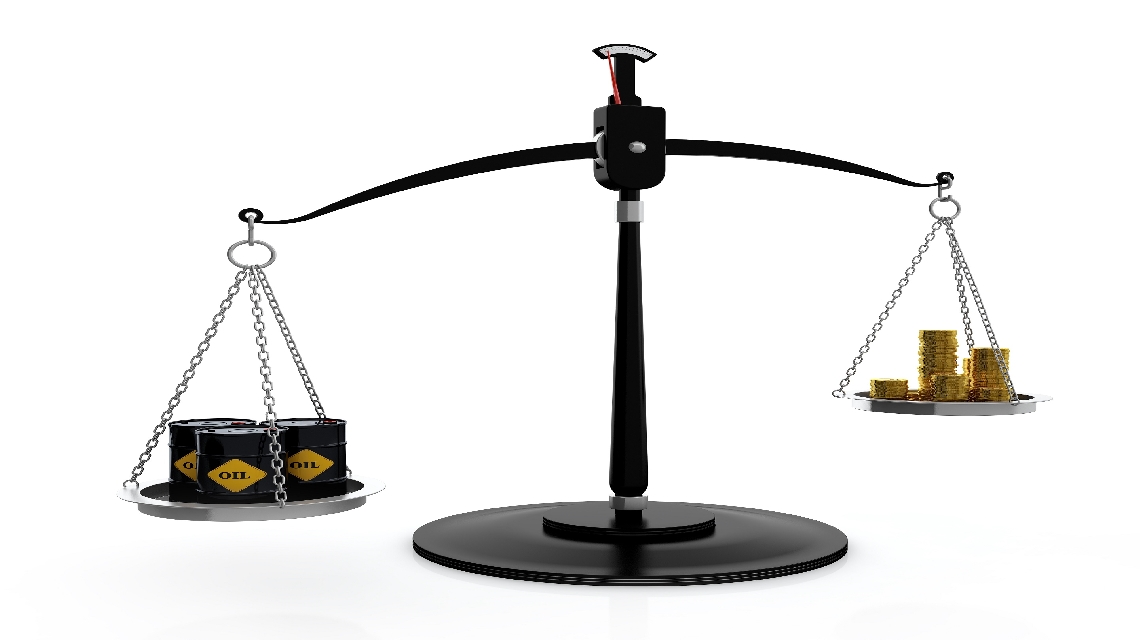On 20 January 2015, BP returns to the US District Court in New Orleans as the civil trial reconvenes, arguing that the amount it actually pays should be much less than the $13.7B it could have to pay for its role in the 2010 Deepwater Horizon oil spill in the Gulf of Mexico. Resulting from a ruling on 15 January, this number is already less than the original $18B penalty sought by the US Department of Justice.
BP contends that its efforts in stopping the leak, cleaning up the oil, compensating victims and helping to restore the gulf, at a cost of about $28B so far, as well as the region’s recovery since the spill, support its call for a lower penalty.
BP also contend that because the spill was caused by its US subsidiary, BP Exploration and Production Inc, the penalty should be assessed only on that unit. The civil trial, which began in February 2013, will enter its final “penalty phase” pitting the US government against BP and Anadarko Petroleum.
Carl Barbier, the presiding judge, will decide exactly how much the companies should pay. His ruling is not expected for months. Meanwhile, plunging oil prices have damaged BP’s finances.
Judge Barbier has already ruled that BP acted with “gross negligence and wilful misconduct” in its actions leading up to the accident, which allows the maximum penalty under the Clean Water Act of $4,300 per barrel spilled. Last week, Judge Barbier ruled that 3.19M barrels had gone into the water, splitting the difference between the competing estimates provided by BP and the US government.
In its pre-trial briefing submitted to the court, BP argued, “it is also now clear — four years later — that the impacts were far less than feared and that the gulf has largely recovered.”
The US government, which will make the first opening statement, said in its pre-trial briefing, “BP is the fifth largest public company in the world (by revenues) and could pay the maximum penalty out of existing cash on hand.”
Summing up its position, the US Department of Justice lawyers wrote: “If ever there was a case that merits the statutory maximum, this is it.”
Kara Lankford, Ocean Conservancy’s Interim Director of the Gulf Restoration Program, said, “As the penalty phase of the BP trial begins and we move closer to a resolution of the largest environmental disaster in the U.S., we hope that BP will be held accountable for the maximum Clean Water Act fines. For a successful resolution of this case, we must ensure that funding is made available to monitor the Gulf ecosystem and to restore the offshore environment where the oil disaster began. The trial resolution should also provide a transparent decision-making process so that the public can participate in restoring the Gulf.”
For more information, visit www.nytimes.com/2015/01/16/business/energy-environment/judge-sets-top-penalty-for-bp-in-deepwater-horizon-spill-at-nearly-14-billion.html.





